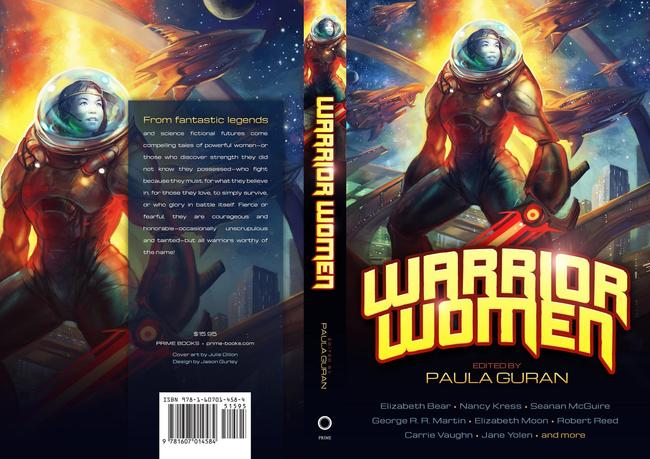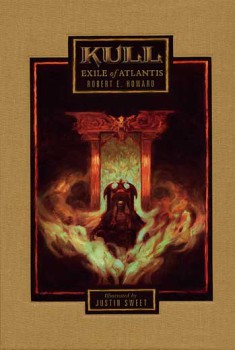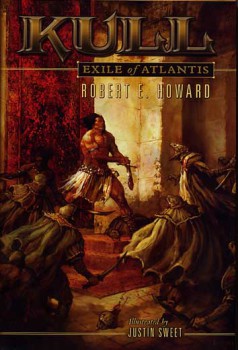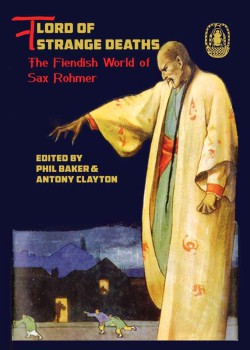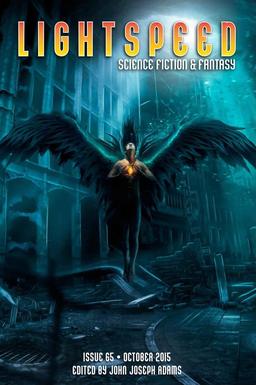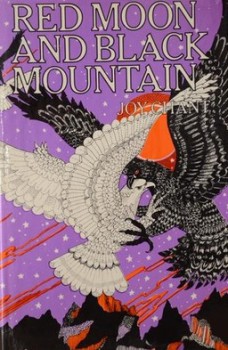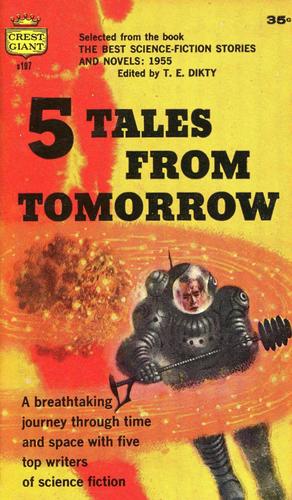The Fionavar Tapestry Book 1: The Summer Tree by Guy Gavriel Kay
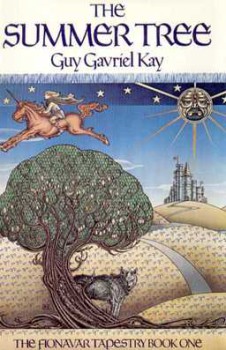 While Guy Gavriel Kay is probably best known for his fantasies set in lightly fictionalized versions of the real world — such as The Lions of Al-Rassan or the Sarantine duology — his first book was The Summer Tree (1984). It’s the opening volume of The Fionavar Tapestry, a trilogy of epic high fantasy that manages to cram into its pages nearly every important Germanic or Celtic myth you can think of. You want a dark lord in an impregnable northern fortress? Check. How about noble elves practically glowing with an inner light, and noble blond horse-nomads? Double check. Considering that at the age of twenty, Kay was picked by Christopher Tolkien to help him collate his father’s papers into The Silmarillion, it’s understandable.
While Guy Gavriel Kay is probably best known for his fantasies set in lightly fictionalized versions of the real world — such as The Lions of Al-Rassan or the Sarantine duology — his first book was The Summer Tree (1984). It’s the opening volume of The Fionavar Tapestry, a trilogy of epic high fantasy that manages to cram into its pages nearly every important Germanic or Celtic myth you can think of. You want a dark lord in an impregnable northern fortress? Check. How about noble elves practically glowing with an inner light, and noble blond horse-nomads? Double check. Considering that at the age of twenty, Kay was picked by Christopher Tolkien to help him collate his father’s papers into The Silmarillion, it’s understandable.
The Summer Tree is a book of beginnings and setting the pieces on the table. The game that will be played out in the two succeeding books, The Wandering Fire and The Darkest Road, is the usual one of long-imprisoned dark lord frees himself and sets out to get right this time his efforts to subvert creation and rule the world. Or in this book’s case, THE WORLD. Fionavar is the first world, the one from which all others, ours included, spring and are but shadows of.
The book opens in Toronto where five grad students, Jennifer, Kevin, Kimberly, Paul, and Dave go to hear Prof. Lorenzo Marcus lecture at the Second International Celtic Conference. He reveals to them that he is really Loren Silvercloak, a sorcerer from another world, and he would like them to travel back there with him for two weeks. In one of the book’s weaker moments, it doesn’t take much to convince them to go along. Dave balks at the last minute, which results in him arriving in a far different part of Fionavar than his friends, and having several chapters all to himself. What none of them knows is that while Loren has said he simply wants them to cross over in order to be present at a celebration for the king, the reality is he knows they have yet undetermined roles to play in Fionavar.
